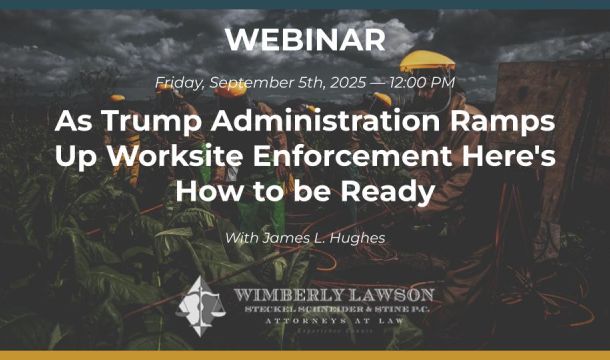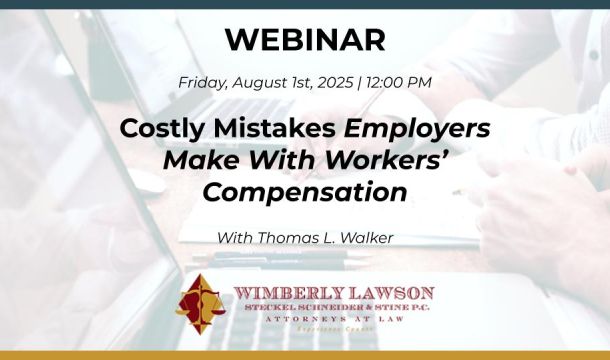New DOL Joint Employer Rule Rejected in Court
Almost every employer of substantial size deals with contractors of some type, with the most common application being temporary staffing, janitorial services, franchisee-franchisor arrangements, and others. Under the Department of Labor (DOL) enforcement guidance during the Obama Administration, the guidance expanded the application of the "joint employer" concept so that the immediate employer and any alleged joint employer often were deemed liable for workplace violations, such as minimum wages and overtime to workers. During the current administration, DOL issued a regulation updating the joint-employer rule whereby joint employment would only be found when a business hires and fires employees; supervises and controls employees' work schedules or conditions of employment to a substantial degree; determines employees' rate and method of payment; or maintains employment records. The result of the new regulation was to reject joint employer status of companies that stay out of the day-to-day employment decisions of their contractors.
A coalition of states sued the administration in February over this regulation, and in September, a federal judge in Manhattan ruled that the new joint employer regulation was "arbitrary and capricious" because the DOL did not adequately justify the rule. New York v. Scalia, No. 20-01689 (S.D.N.Y., Order 9/8/20).
In response, Cheryl Stanton, the administrator of the DOL's Wage & Hour Division, said she stands by the rule and is disappointed in the court's decision.
Editor's Note: The new DOL joint employment rule provided clarity and support to employers, but the situation has grown much more complicated in light of the September court ruling. Companies are urged to have written agreements with their contractors that have various protective provisions therein designed to avoid joint employment status, and should seek advice of competent labor and employment counsel concerning pertinent contractual terms.
Related Content
Get Email Updates
Recent Content

As the Trump Administration Ramps Up Worksite Enforcement, Here's How to Be Ready

How to Audit Employment Discrimination Laws Compliance

TPS Update (As of 6/17/2025)

TPS Designation for Honduras and Nicaragua Automatically Extended, But the Date is Uncertain

President Trump Discourages Criminal Enforcement of Agency Rules
